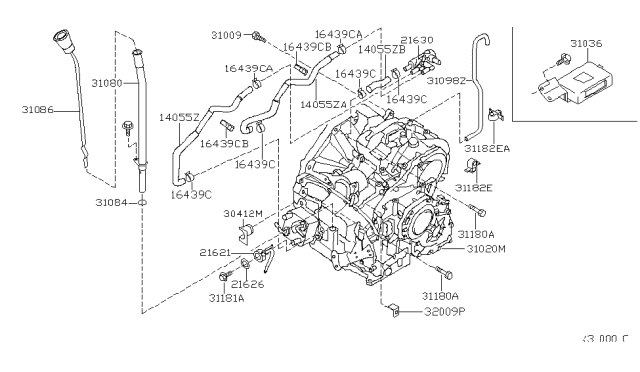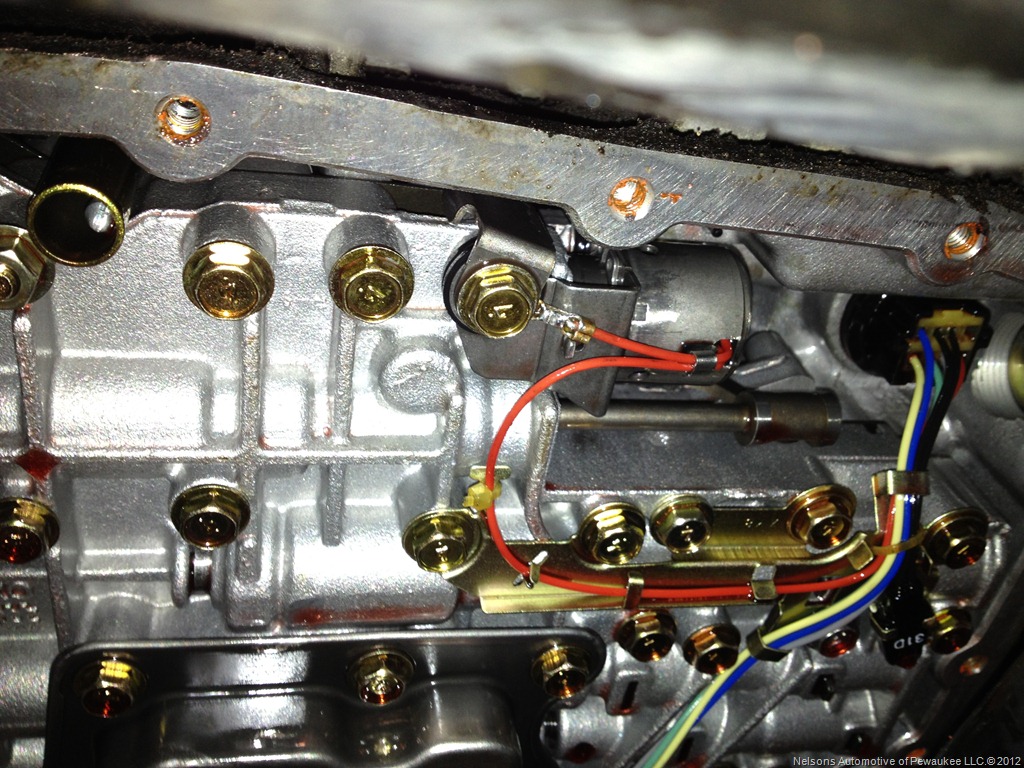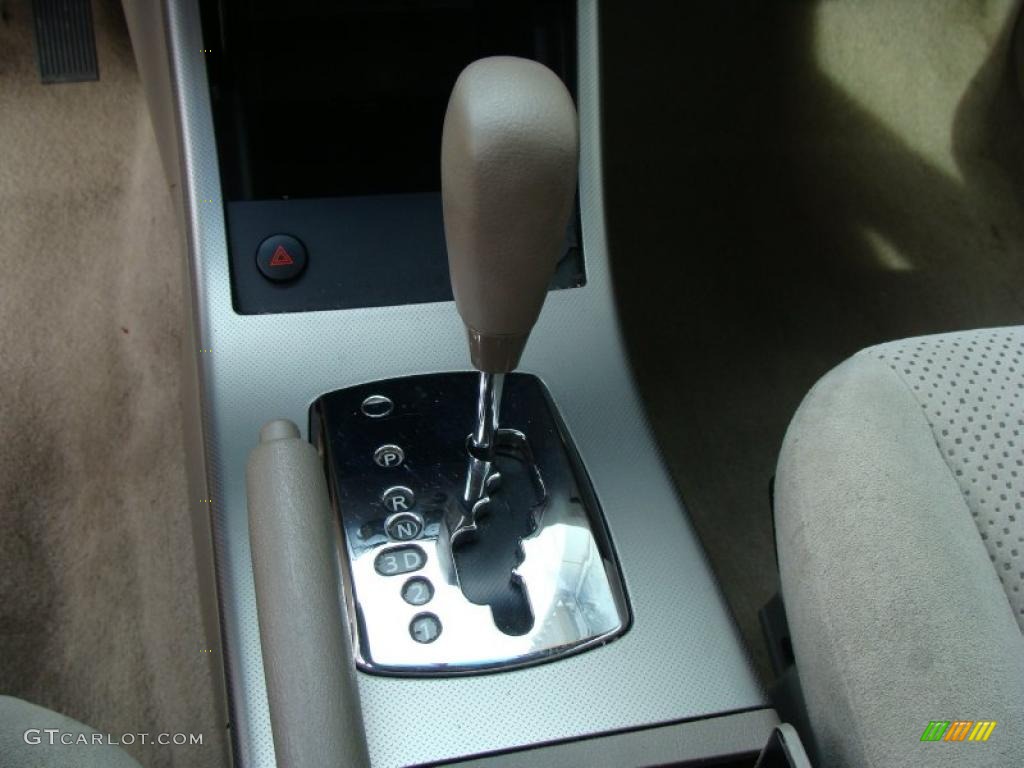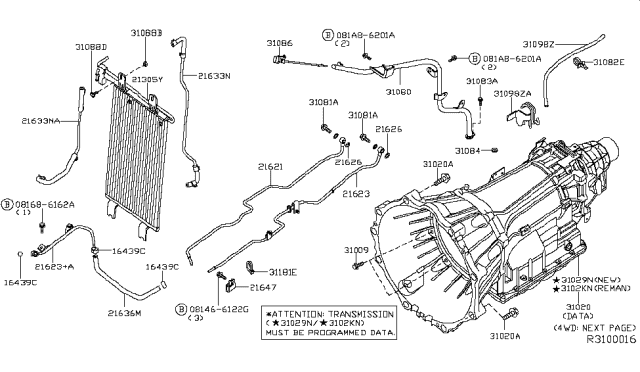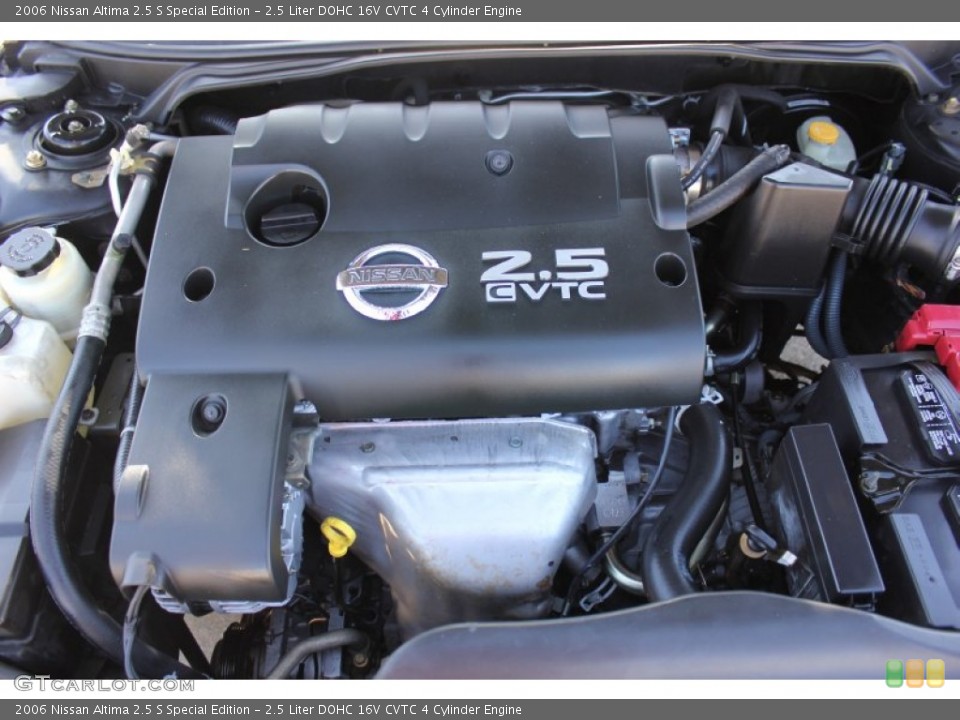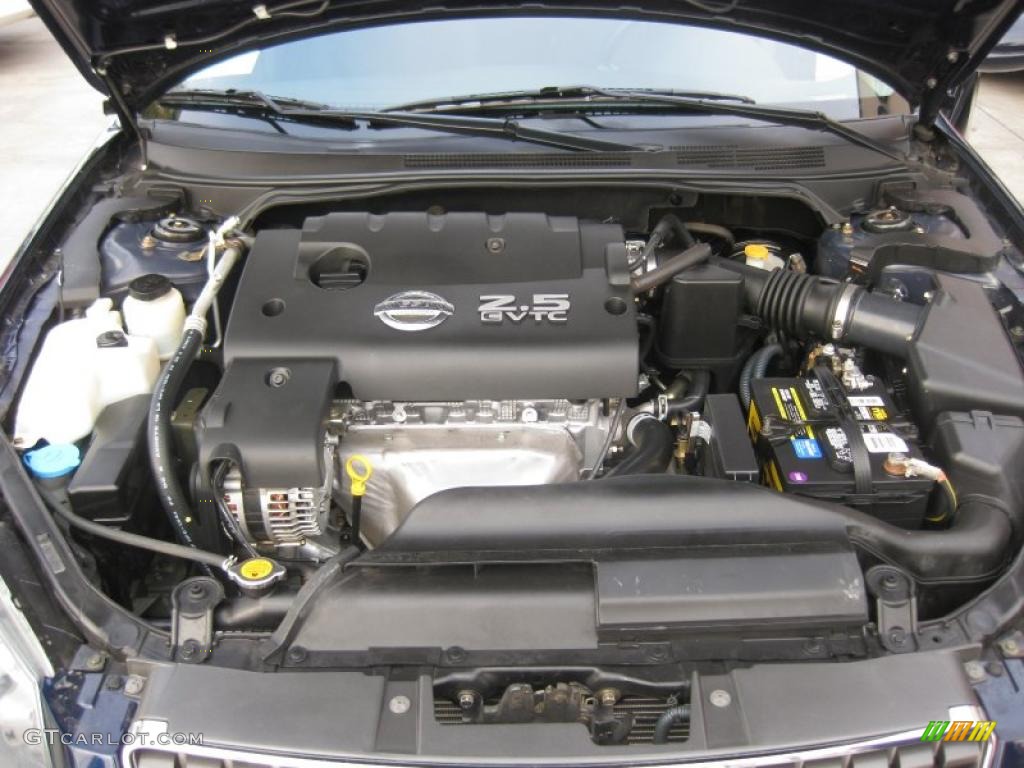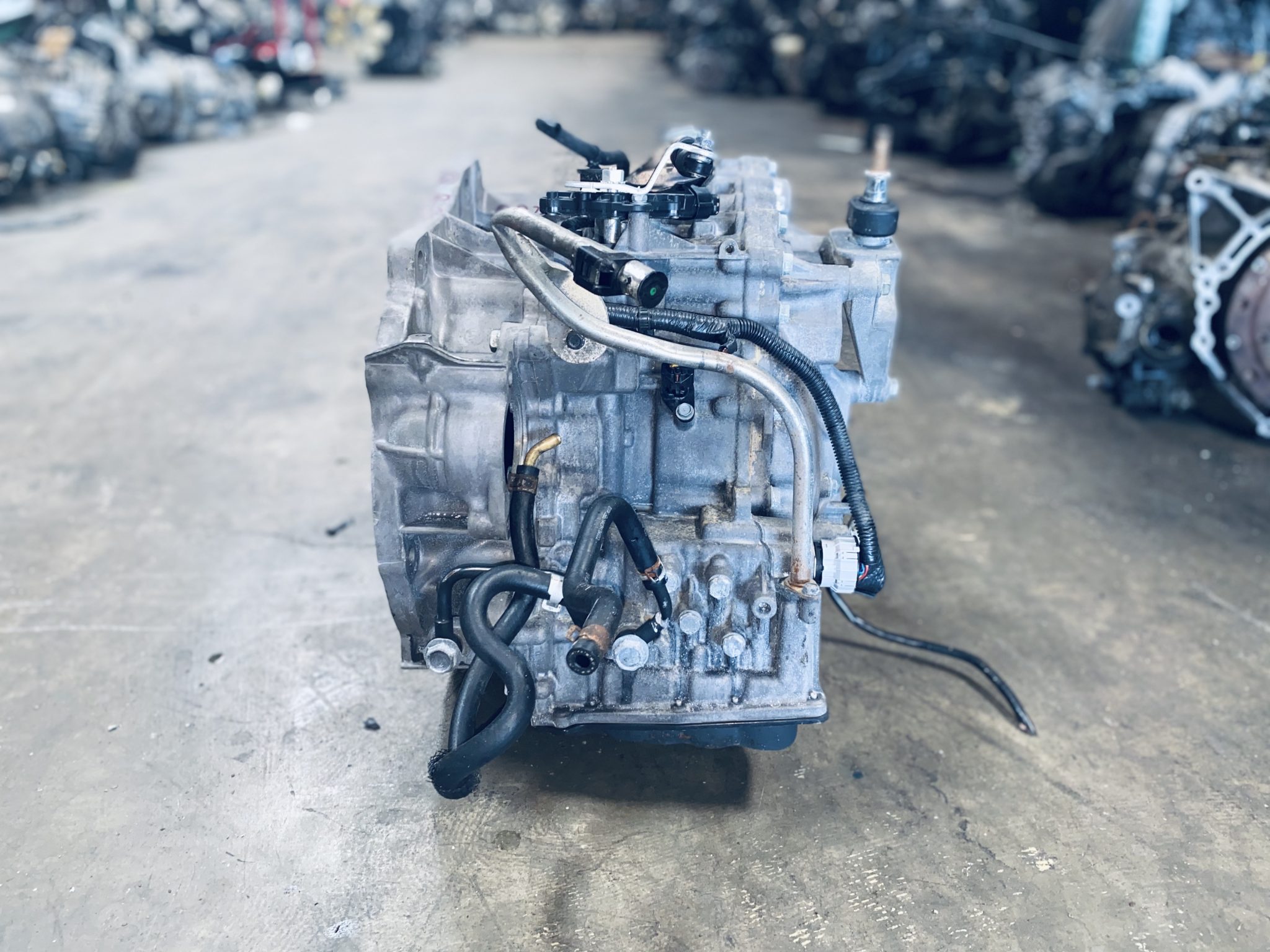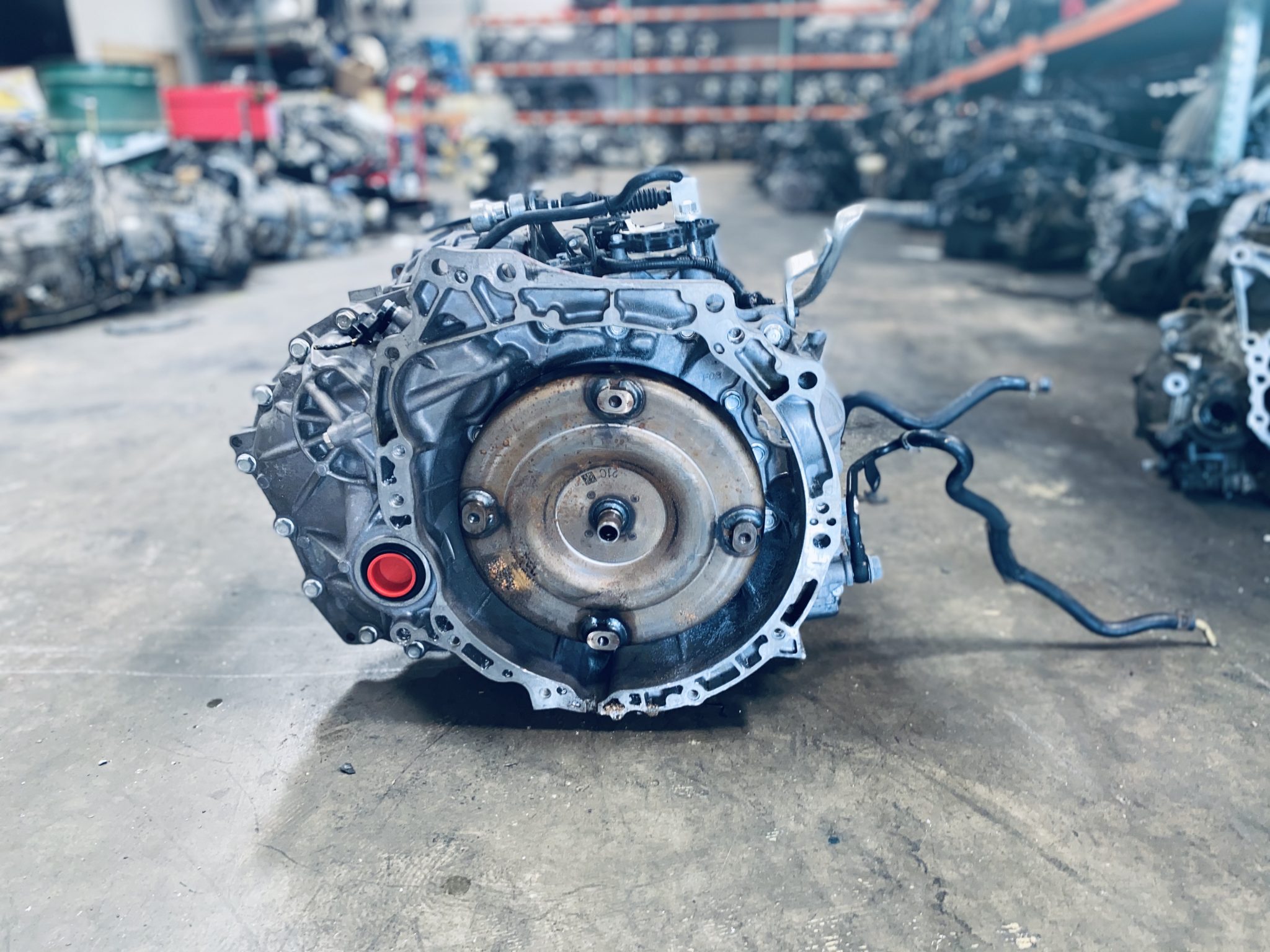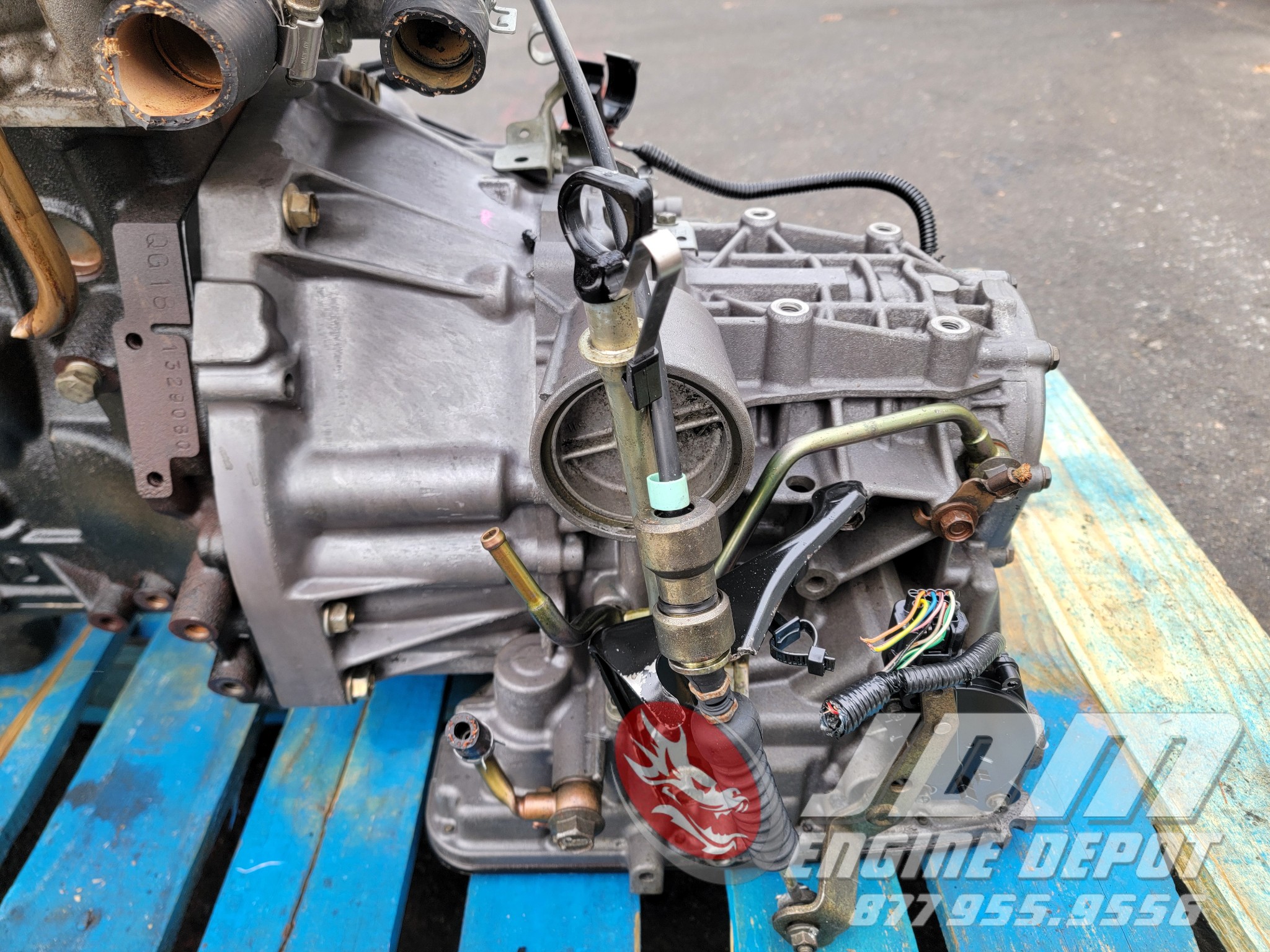2006 Nissan Altima 2.5 Transmission

For thousands of 2006 Nissan Altima owners, the daily commute transformed into a source of anxiety, marked by the dreaded shudder, slip, or complete failure of the vehicle's 2.5-liter engine’s transmission. The Continuous Variable Transmission (CVT), intended to provide smooth and efficient driving, became a lightning rod of frustration, leading to costly repairs and widespread dissatisfaction.
This article delves into the well-documented problems surrounding the 2006 Nissan Altima 2.5's transmission, exploring the root causes, the impact on owners, and Nissan's response to the crisis. It aims to provide a comprehensive overview of the issue, drawing upon owner reports, technical analysis, and industry insights to paint a clear picture of this automotive dilemma.
The Troubled CVT: Symptoms and Failures
The issues plaguing the 2006 Altima's 2.5-liter engine transmission primarily center around the CVT. Owners reported a range of problems, from minor inconveniences to catastrophic failures.
Common symptoms included hesitation during acceleration, slipping gears, unusual noises such as whining or clunking, and a general lack of responsiveness. In many cases, these issues escalated rapidly, leading to complete transmission failure, rendering the vehicle undrivable.
"My 2006 Altima started slipping at around 80,000 miles," recounts one owner on a popular online forum. "I had to replace the entire transmission, which cost me over $3,000."
Root Causes and Technical Analysis
While a definitive cause for the high failure rate of the 2006 Altima 2.5's CVT remains debated, several factors are believed to contribute.
One prevailing theory points to inadequate cooling of the transmission fluid. Overheating can degrade the fluid's lubricating properties, leading to increased wear and tear on internal components like the belt and pulleys that are critical to the CVT's operation.
Another potential factor is the sensitivity of the CVT to fluid maintenance. Nissan specified a particular type of transmission fluid, and deviations from this specification, or infrequent fluid changes, may have exacerbated wear and contributed to premature failure.
Furthermore, some experts suggest that the design of the early CVTs used in the 2006 Altima may have been inherently flawed, lacking the durability and robustness required for long-term reliability. These older models may not have adequately adapted to the driving conditions typical of modern commutes.
The Impact on Owners: Financial Burden and Frustration
The transmission problems with the 2006 Nissan Altima 2.5-liter engine created a significant financial burden for owners. Transmission replacements can cost upwards of $3,000 to $5,000, a substantial expense for many car owners.
Beyond the monetary cost, the failures led to considerable frustration and inconvenience. Owners were stranded, had to deal with the hassle of repairs, and faced a significant devaluation of their vehicles.
Many owners felt that Nissan did not adequately address the issue. While some received goodwill assistance with repairs, others were left to bear the full cost of the failures.
Nissan's Response and Legal Actions
Nissan faced numerous complaints and even legal action related to the CVT issues in the 2006 Altima and other models. Several class-action lawsuits were filed, alleging that Nissan knew about the transmission defects but failed to adequately disclose them to consumers.
These lawsuits alleged violations of consumer protection laws and sought compensation for affected owners. While the outcomes of these legal battles varied, they highlighted the widespread dissatisfaction with Nissan's handling of the problem.
Nissan did issue some technical service bulletins (TSBs) related to CVT issues in the affected vehicles. These TSBs provided guidance to dealerships on diagnosing and repairing common problems, but they did not always address the underlying causes or offer free replacements for failing transmissions.
Looking Ahead: Lessons Learned and Future Reliability
The transmission problems with the 2006 Nissan Altima 2.5-liter engine serve as a cautionary tale about the importance of robust engineering, thorough testing, and proactive customer service. The experience prompted Nissan to refine its CVT designs and improve quality control measures.
Subsequent generations of Nissan vehicles with CVTs have demonstrated improved reliability, suggesting that the company has learned from the past. However, the stigma associated with early Nissan CVTs persists, impacting consumer perception of the technology.
For owners of 2006 Altimas and similar vehicles, regular transmission fluid changes using the correct fluid type, along with careful monitoring of the vehicle's performance, can help mitigate the risk of future problems. Ultimately, the 2006 Altima transmission saga underscores the complexities of automotive engineering and the importance of transparency and accountability in the face of widespread product failures.
